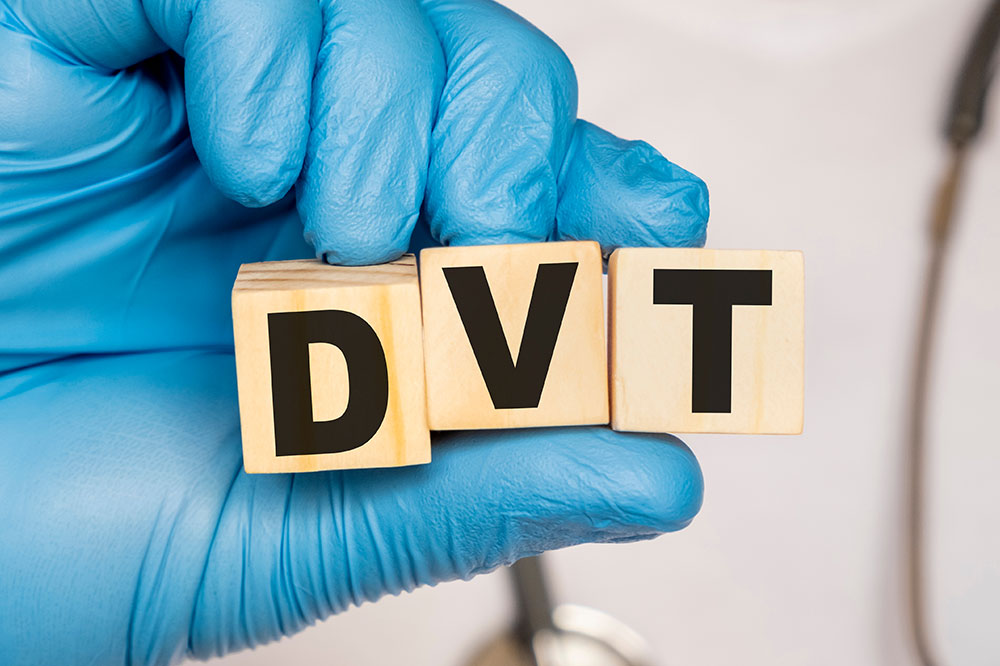
6 Major Signs of DVT and Other Symptoms
Deep Vein Thrombosis (DVT) is a condition in which there is a blood clot in one or more of the deep veins. Most people experience a blood clot in the leg, but it can also occur in other areas such as the pelvis. There are many risk factors for developing a DVT, and taking preventive measures is important for people who have an increased risk.
Here, you will understand the common symptoms and early signs of DVT that will help you recognize if you experience any of them.
1. Redness or discoloration of the skin
The blood build-up in the affected area can cause the skin to become discolored or even red. The color will not go away with time. This symptom is an early indicator of DVT.
2. Bulging veins
Bulging veins are a sign of deep vein thrombosis. The affected leg’s veins may become more prominent due to the formation of the blood clot.
3. Pain or cramping
Throbbing or cramping pain in one leg, usually in the calf or thigh, while standing or walking is a symptom to watch out for. On rare occasions, both legs may have DVT.
4. Warmth
The blood clot can make the skin warm around the painful area. In some people, the entire calf becomes warmer than the surrounding areas.
5. Tenderness
The affected area will also be tender to touch and is a sign to seek medical attention.
6. Swelling
Unusual swelling not caused by an injury is a sign of DVT. Swelling is only in the affected leg, and in only rare cases, it can happen in both legs.
The symptoms may range from mild to severe. Not everyone with DVT has all of these symptoms, as some people do not experience any symptoms, which makes it very difficult to detect. However, if you have any symptoms, contact your doctor for a proper diagnosis.
Following DVT, you are also at a risk of pulmonary embolism, which occurs when a clot breaks loose and travels through the bloodstream, causing blockage of the blood vessels in the lungs. Pulmonary embolism is a rare complication but can be fatal. It can also be the first sign of DVT, in some cases. Appropriate and timely medical treatment can prevent the condition from becoming severe and life-threatening.
Early warning signs or symptoms of pulmonary embolism include:
- Sudden shortness of breath
- Chest pain that worsens when coughing
- Feeling dizzy
- Rapid pulse
- Coughing up blood
Most of the time, DVTs resolve on their own. However, in some cases, patients will need prescription blood thinners to dissolve the clot and prevent the clots from traveling to the heart and lungs. A rapid diagnosis and treatment can help in reducing the discomfort associated with the symptoms and also prevent the condition from becoming life-threatening.


